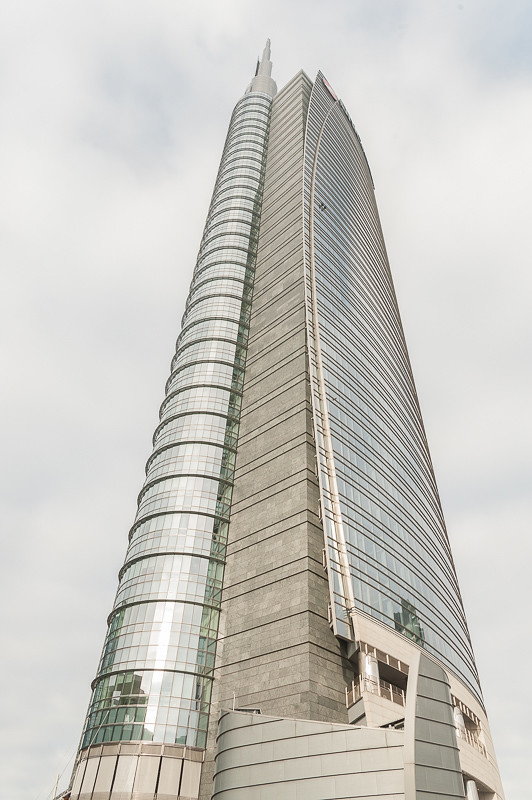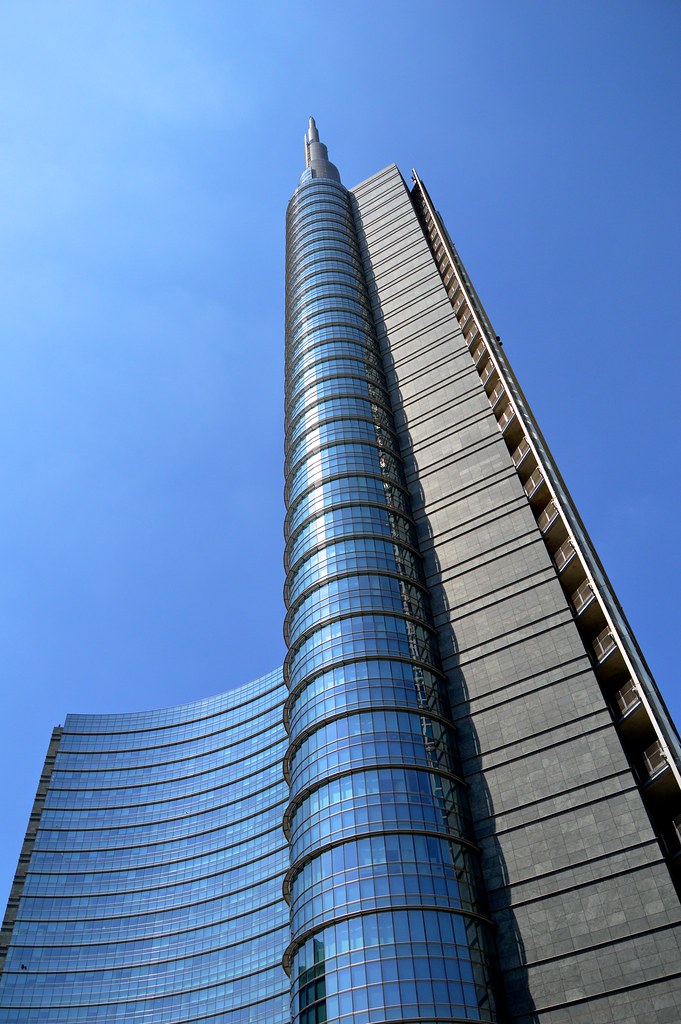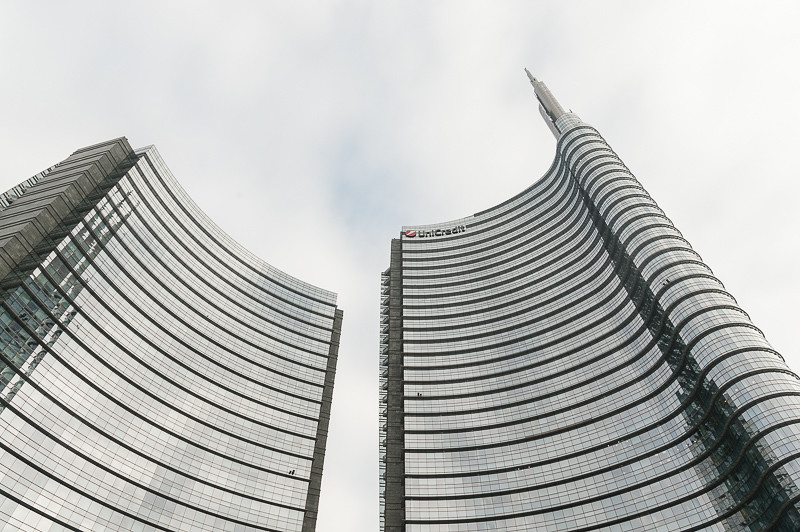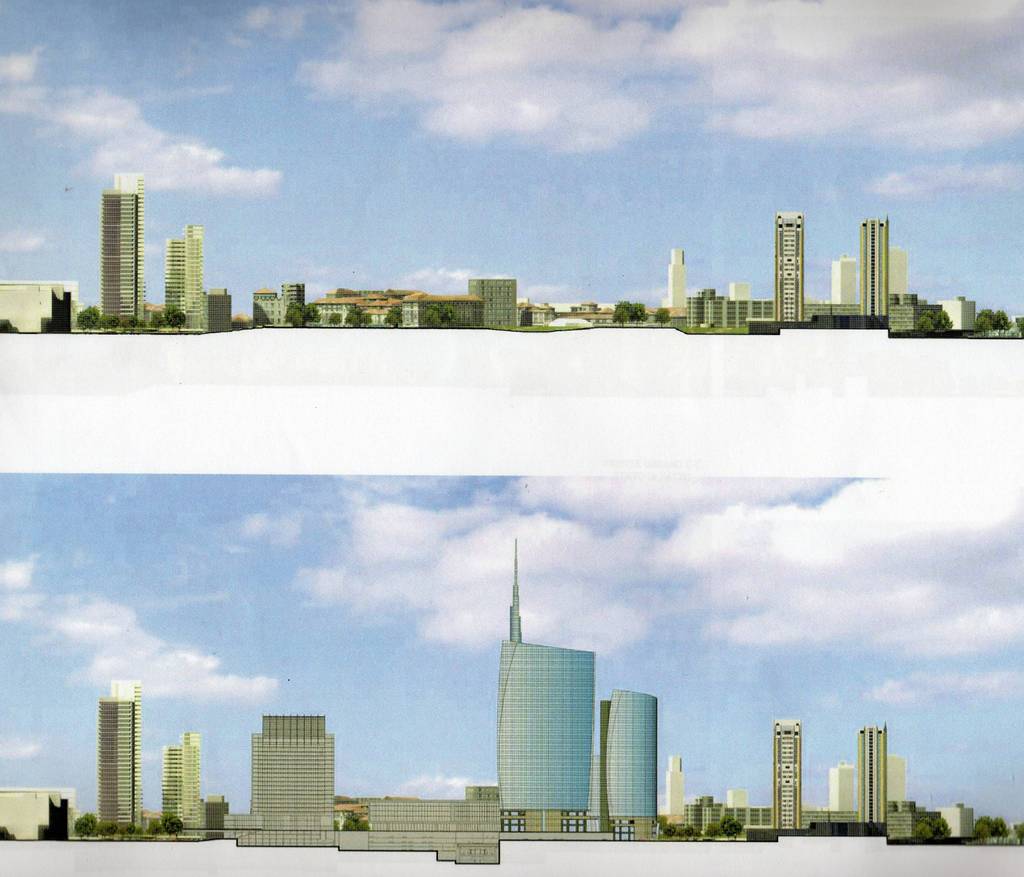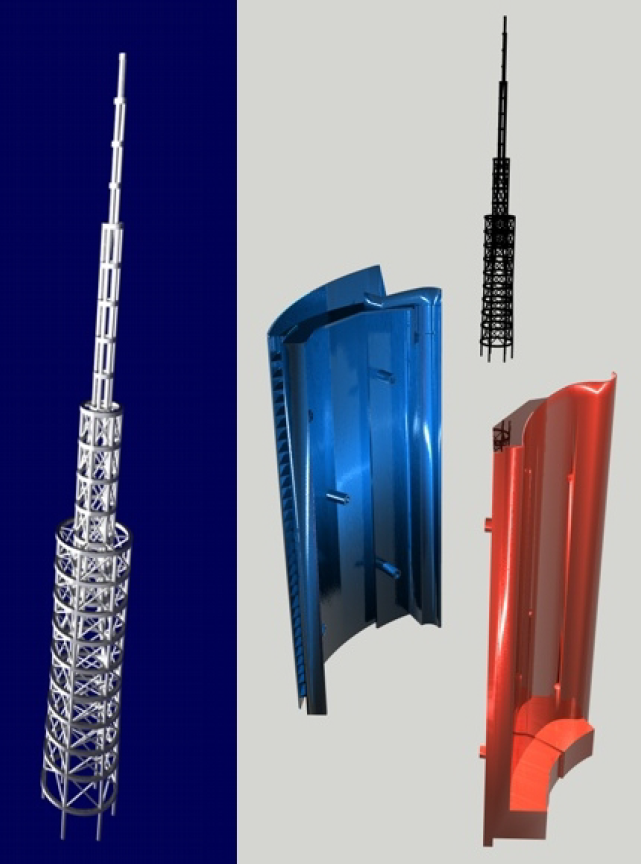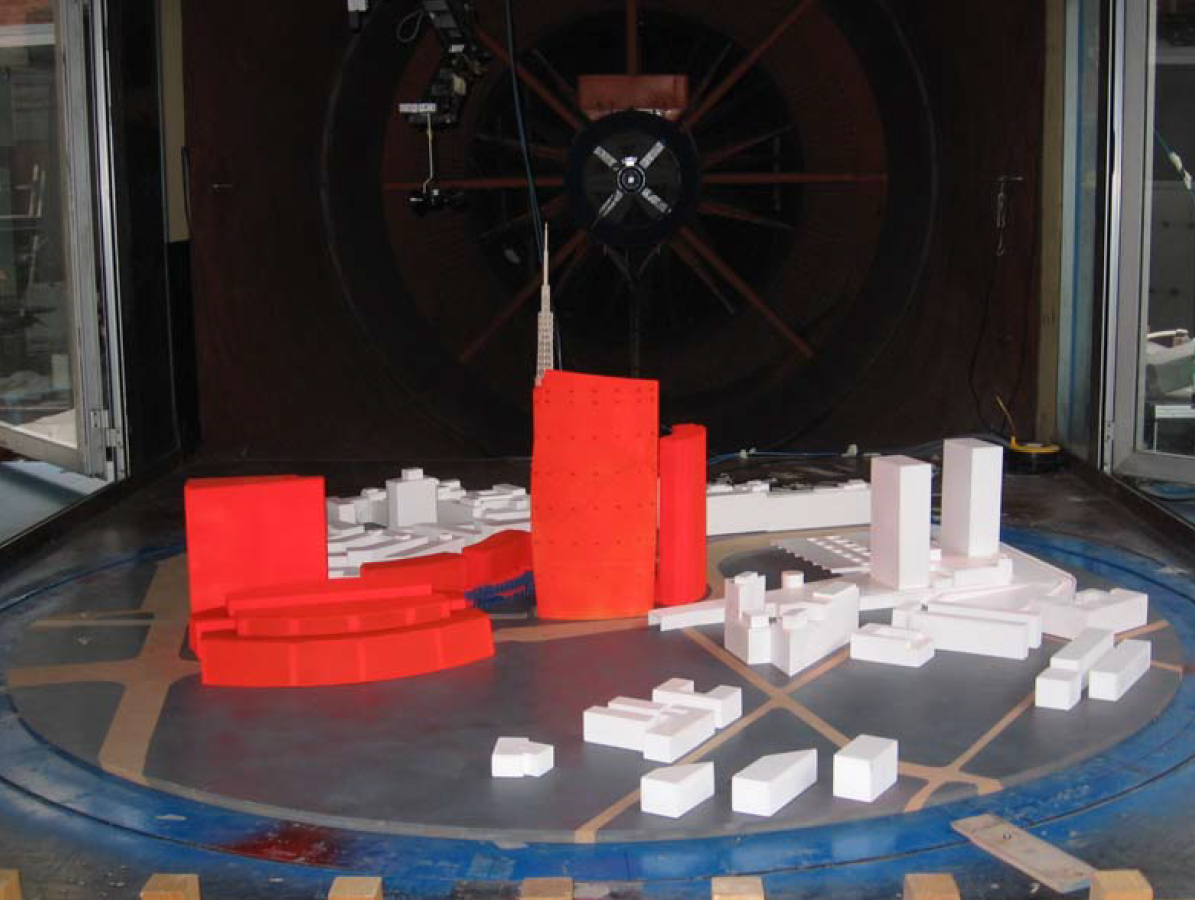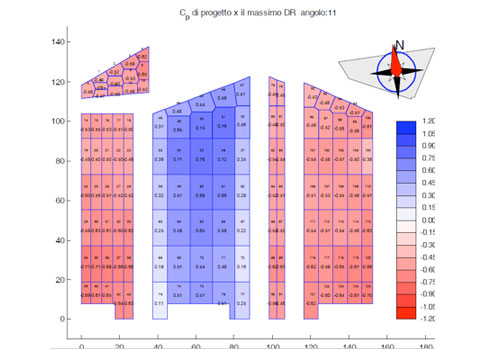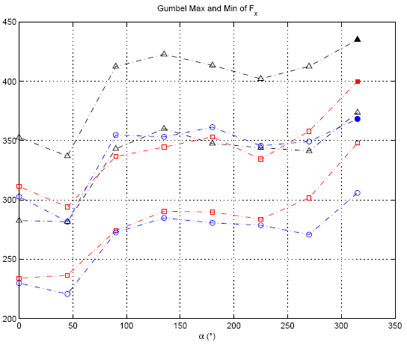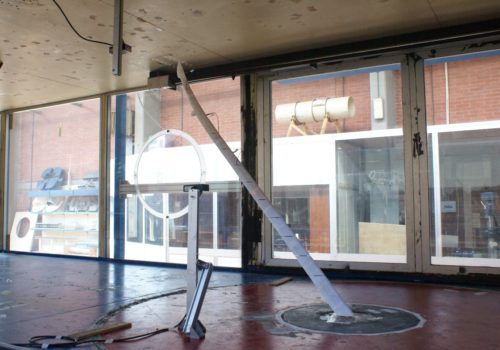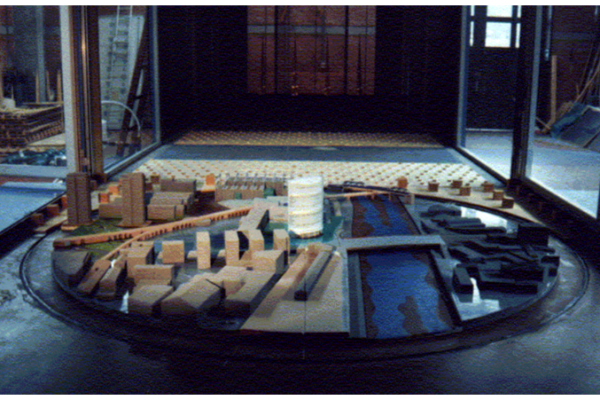UNICREDIT Tower (Milan, Italy)
Year: 2006
Located next to the train Station Garibaldi-Repubblica in Milan, this tower was the highest building ever built in Italy when wind tunnel tests were commissioned. The masterplan, designed by the Pelli Clark Pelli Architects (Progetto Porta Nuova), was that of a new centre devoted to culture, fashion, and free time for the citizens of this dynamic and active city. The area (roughly 300.000 square meters) remain unused since the Fifties when the old rail yard was demolished.
Unicredit Tower represents the principal building composing Gae Aulenti Square, with its picturesque shape resembling a question mark symbol, and the main building of the Porta Nuova project.
The task was the evaluation of the wind-induced pressures on the external surface, the base forces and the effect of the antenna placed in the top of the tower, placed eccentric with respect to the centre of gravity of the standard plan view (vaguely banana-shaped).
For wind tunnel measurements the model has been 1:350 scaled and provided with 140 pressure taps. The instrumented building was prototyped in ABS material, given the variously curved and tapered shape of the building, while the surrounding was realized in plastic and wood. Two models were designed for the antenna: one constituted an appendix to the instrumented tower model placed into the surrounding, while the other one, having much bigger geometrical dimensions was realized through selective laser sintering (SLS), and tested with and without covering grids which could have been eventually installed on it.
The wind-induced pressure field and base resultant forces have been assessed. The antenna placed at top of the tower has not been instrumented. Nevertheless, the only antenna has been studied in wind-tunnel within specific wind-tunnel tests. The integration of the wind-induced pressure field have yielded the base resultant forces necessary for the foundation design. Then, such forces has been compared with those obtained by means of aerodynamic balance tests.
The antenna is 90 meters tall and picks from the roof of the tower below placed at 140 meters above the ground. The wind-induced base resultant forces have been logged by means of aerodynamic-balance tests. Wind-tunnel tests have been performed within laminar and turbulent flow conditions. The antenna surface has both covered and left free. The correct wind-tunnel simulation has needed the modelling of the upper part of the tower below.

